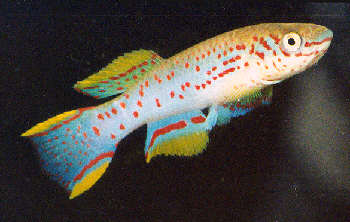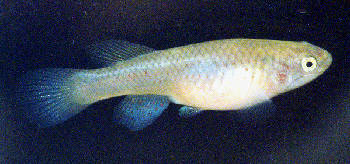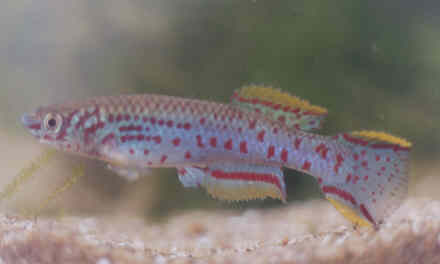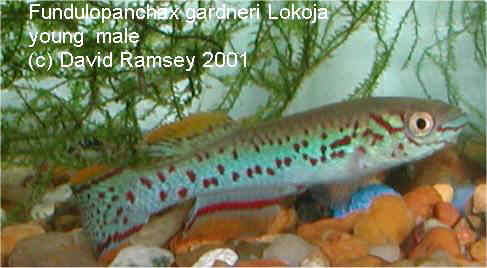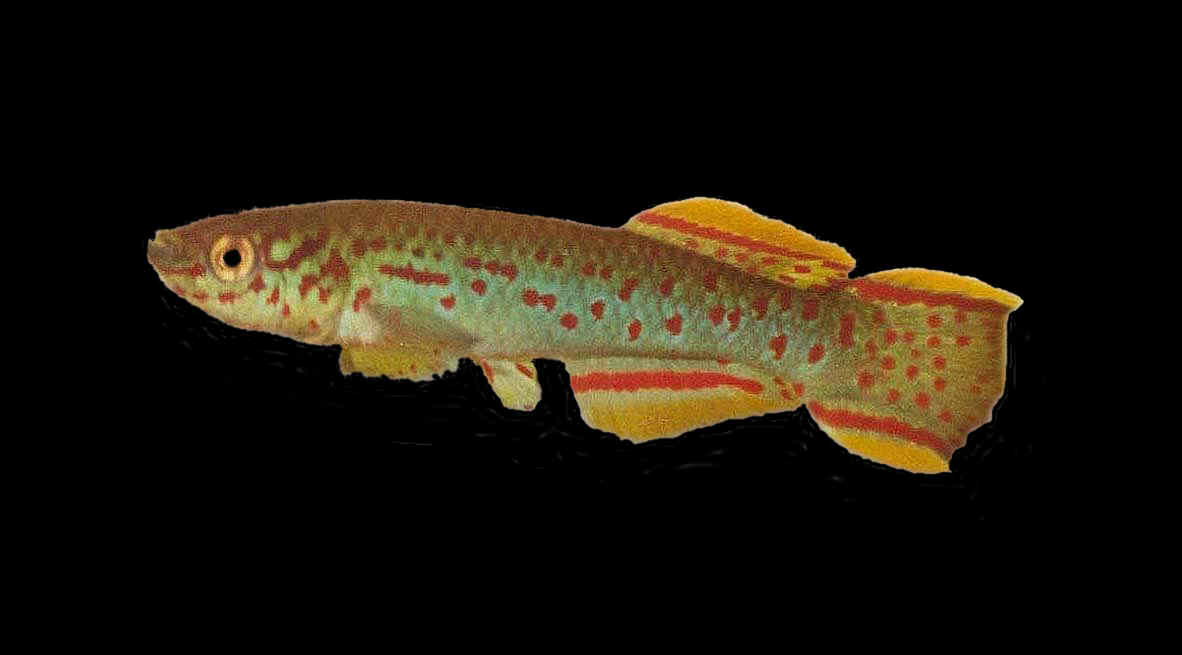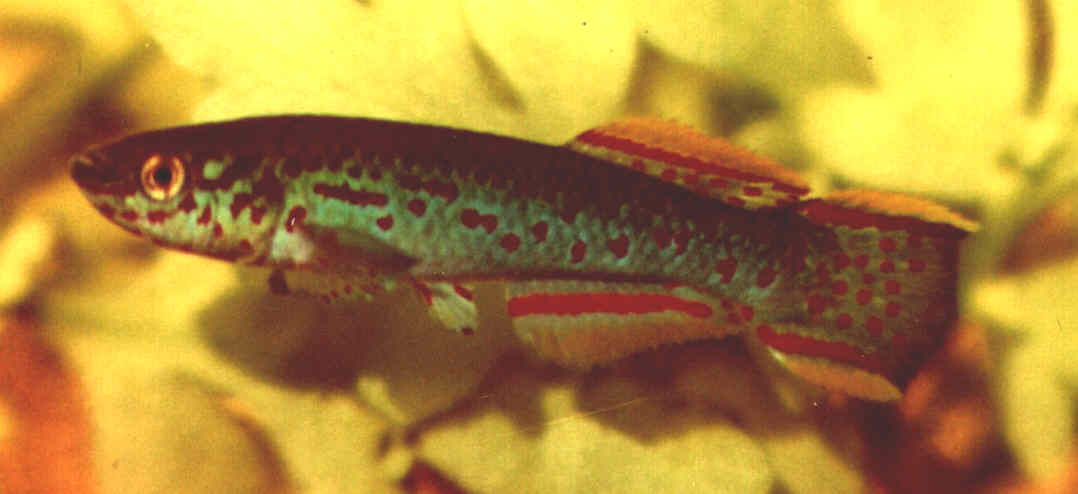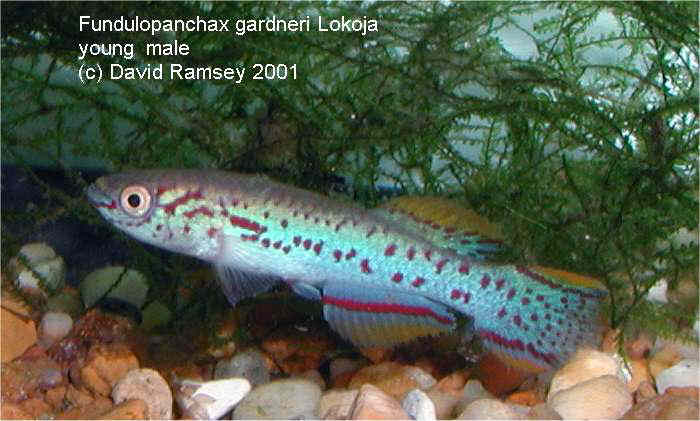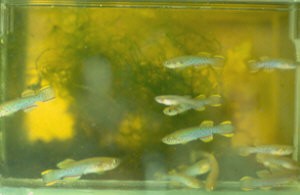Lokoja
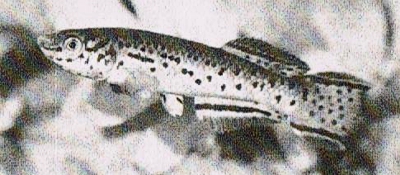
Wild fish from the original collection
Photo courtesy Dick Cox
|
Wild male from the original collection in 1978. |
Wild female from the original collection in
1978. |
|
Codes
|
None known. None assigned to the 1978 collection anyway. | ||||||
|
History
|
Discovered by Stanley 'Livingstone' Cox (brother
of Dick Cox BKA editor) while working in Nigeria at Lokoja, 400 km
south of Kaduna. Found in a very small natural drainage ditch that
was completely hidden & choked with grasses. He accidentally stepped
into this & found a male 'gardneri'.
After many hours of searching he collected 3 males & 5 females
which were sent to Dick in the UK on 23rd December 1978. Dick bred
them & distributed the progeny. . It would appear that this ditch
eventually drains into the River Meme. (BKA newsletterNo.166, June
1979). A form has been circulating in the USA & is still known to be in captivity over there in 2005. I am not sure of the pedigree of this line. Have they been collected more recently? |
||||||
|
Images
|
|
||||||
|
Breeding
Notes
|
Roger Gladwell in the UK has found this population will incubate in dried peat for 10 weeks comfortably & have been taken up to 5 months & still looked like they could go longer. | ||||||
|
Traits
|
|||||||
|
Variability
|
|||||||
|
Notes
|
